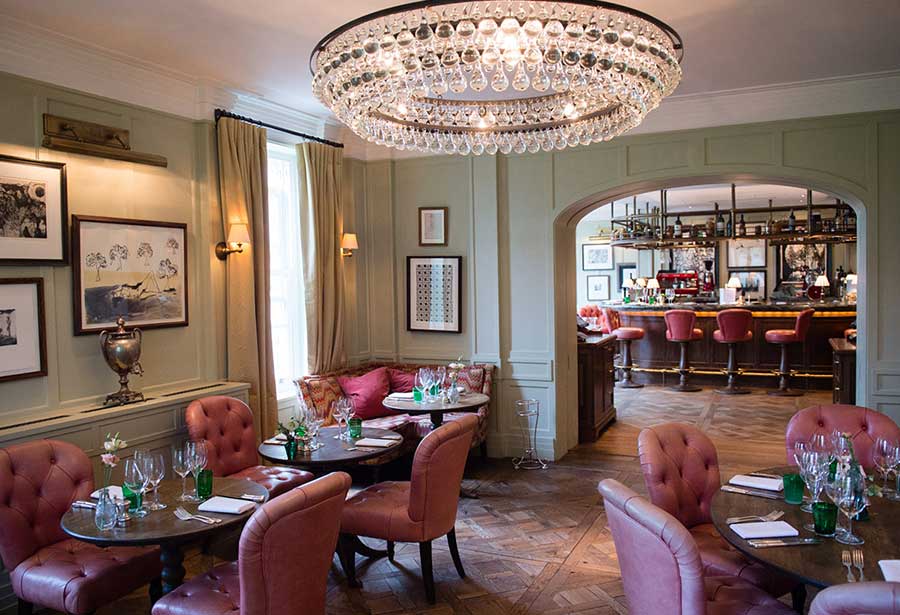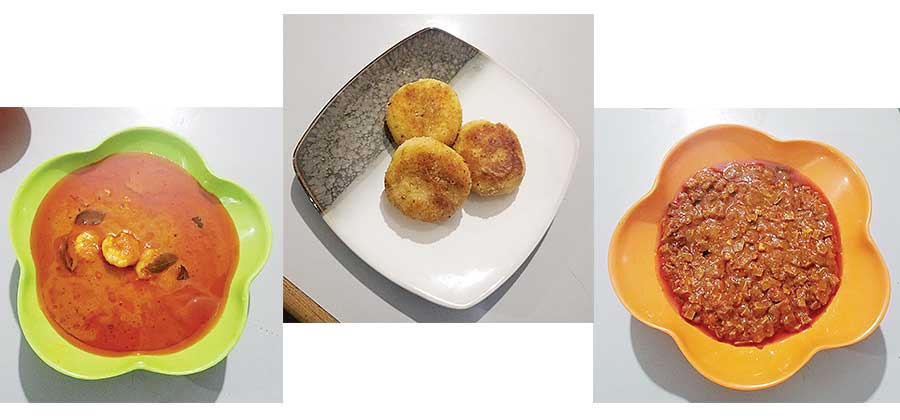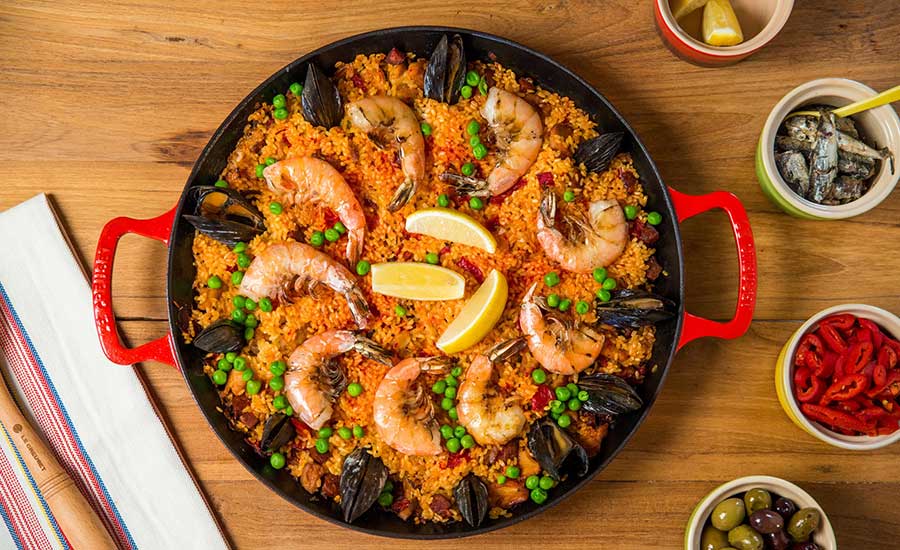SPA AT HOTEL VALO
- 20 Apr - 26 Apr, 2024

Luxe Retreat
It’s all about attention to detail at this ravishing, deeply luxurious New Forest lair; thick oak doors, rich paint finish, floor lights to guide you around your opulent bedroom, stylised sitting rooms with billiard table, accents of pale lemon, lilac, sage green shades and open fire places. In its in-house spa, guests can take in the forest views from the massive sauna and eat inspired food from the café. Lime Wood is also home to Italian-influenced forest dishes and sharing plates are served in a richly coloured velvety dining room that is as glam as it is laid-back. Lime Wood has captured the mood of how we want to live today. Its setting at the heart of 145 square miles of ancient heath and woodland only enhances its standing as the epitome of chic rural luxury. For those who are looking for a change of pace couldn’t possibly do worse than this luxury country-house hotel.

Table to book
The Portuguese left behind quite a delicious culinary legacy in the subcontinent, one that is still lovingly continued in many Goan, Mangalorean and Catholic homes across Karachi. Continuing the tradition, aiming to spread the joy with their mom’s authentic recipes, Ruby’s Goan Kitchen opened to business just a little over a year ago and has managed to maintain a steady number of orders through their quality and taste. Specialising in Goan food, the online food service also offers a mix of Pakistani and Indian dishes and has just recently introduced fish biryani and prawn biryani to its menu. As it is understood, the menu includes mostly seafood based items, including fish cutlets, prawn balchao, Goan spiced coconut curries (fish, prawn and crab), Manglorean ghee roast (prawn and chicken), and Bombay beef biryani among others. I happen to try out a couple of their specialities myself; beef sorpotel is a unique Portuguese dish that is fiery, tangy and uses offal (chopped up liver and heart). The liver gives it a complex, meaty flavour. Vinegar is another important component in the dish, while red chillies are used generously. But the resulting dish is not mind-numbingly hot but a pleasant mix of tangy and spicy. Sorpotel is best made a few days in advance, to allow the vinegar and chillies to thoroughly infuse the meat, and so, tastes even better with every passing day. Much like pickle, this dish uses plentiful rich, glistening oil to preserve its content.
Another well-prepared item from their kitchen is prawn curry – a flavourful dish with large and succulent prawns in an onion, tomato and coconut milk-based curry. I also tried their prawn-potato chops – finely chopped prawns pickled with traditional Goan spices mixed with soft, lumpless mashed potato to form patties fried in crispy breadcrumb coating which just made my day! If you are looking to satiate yourself with some Indo-Portuguese dishes, order away. – SSK

What’s in the menu?
Paella is a Valencian rice dish with ancient roots, but its modern form originated in the mid-19th century in the area around Albufera lagoon on the east coast of Spain, adjacent to the city of Valencia. Paella is a Valencian word which derives from the Old French word paelle for pan, which in turn comes from the Latin word patella for pan. Many non-Spaniards view paella as Spain's national dish, but most Spaniards consider it to be a regional Valencian dish. Valencians, in turn, regard paella as one of their identifying symbols. Types of paella include Valencian paella, vegetarian / vegan paella, seafood paella and mixed paella, among many others. Valencian paella is believed to be the original recipe and consists of white rice, green beans, white meat, white beans, snails and seasoning such as saffron and rosemary. Another very common, but seasonal ingredient is artichokes. Seafood paella replaces meat with seafood and omits beans and green vegetables. Mixed paella is a free-style combination of meat from land animals, seafood, vegetables, and sometimes beans. Most paella chefs use bomba rice due to it being less likely to overcook, but Valencians tend to use a slightly stickier (and thus more susceptible to overcooking) variety known as Senia. All types of paellas use olive oil. Typically, one serving of homemade paella provides 234 calories; 7g fat, 16g of protein, 27g of carbohydrates, 69mg of cholestrol and 548mg of sodium.
COMMENTS